After years of waiting, fans are finally confident that Half-Life 3 is real and coming soon. I count myself among their numbers — enough signs point to the long-awaited, once-cancelled sequel being in development that it doesn’t even feel like copium anymore. This thing is real and hopefully spectacular.
My hot take? We’ll know if Half-Life 3 has the juice within a few minutes of opening the game. No series does openings as well as Half-Life, and if Valve can nail those first moments back in Gordon’s HEV Suit, it will be a good indicator that we’re in for something special.
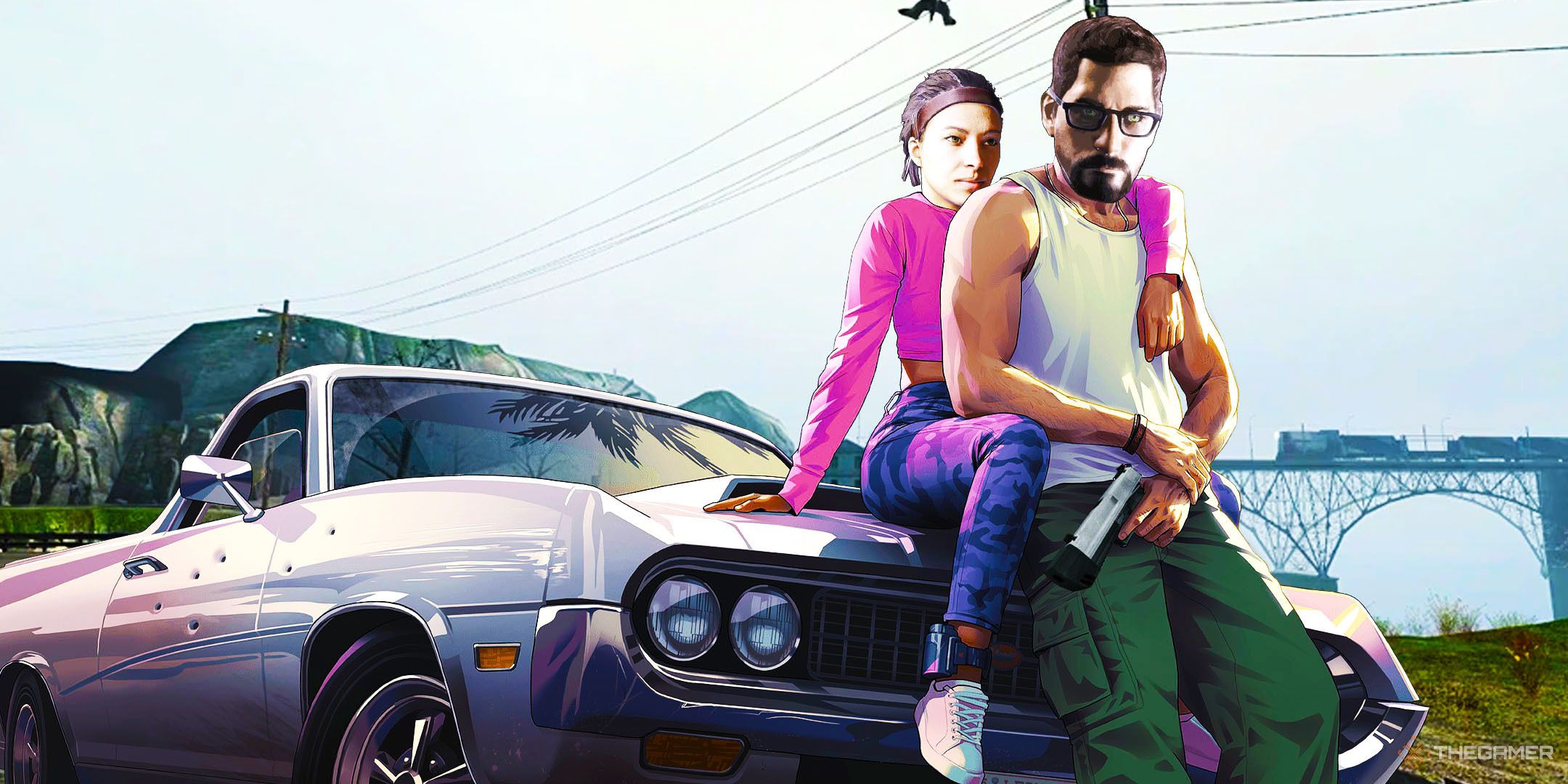
Related
If Half-Life 3 And GTA 6 Both Launch This Year, 2025 Will Be The Undisputed GOAT
Rockstar and Valve could earn 2025 a spot in the gaming history books.
Black Mesa Inbound For Glory
Valve has been the master of first impressions since its debut game. Half-Life’s opening level, Black Mesa Inbound, is one of the most iconic missions in all of gaming. Valve drops the player on Gordon Freeman’s tram commute into the lab in the New Mexico desert, and leaves you there for minutes as you slowly pass by your surroundings.
It isn’t a cutscene because you have full control of Gordon, and that control means that you never lose focus the way you might if you had your hands off the keyboard. You observe the facility as Gordon does, and gradually make your way into the belly of the beast: a sprawling complex where you’ll spend the next ten hours. It’s as immersive an intro as I’ve seen and the best game intros since (like BioShock‘s entries to Rapture and Columbia) have used it as a foundation.
The same is true of Half-Life 2, which similarly begins in motion as the G-Man places Gordon on a train en route to City 17. It’s a knowing riff on the first game, and the train ride is over almost as quickly as it begins. Now that you’ve arrived, it’s time to get exposed to the city proper, as you wander from the train, past dystopian videos of Wallace Breen — the man who sold humanity out in exchange for a role as the Combine’s middle manager — play as he lays out the frightening details of life in the aftermath of the alien forces’ victory. City 17 is a fantastic video game creation, with a combination of Eastern European architecture and alien structures like the Citadel that now towers over the city.
Half-Life: Alyx understands the iconic power of that structure too, and begins with Alyx looking up at it from her balcony. The game trades the in-motion set-ups of the previous games because, in VR, strapping on the headset accomplishes immersion much faster than a slow train ride. Instead, Valve gives us a city bustling with Combine activity.
But before we can get to that, we get Alyx’s hideout, a space filled with doodads to play with that show off the unique power of VR. There’s a radio antenna to extend, plenty of pop cans to throw around, and dry-erase markers you can use to write on the windows overlooking the city. It’s a perfect encapsulation of the game’s approach to play and quickly shows how much potential for new ideas the medium brings to the table.
The Beginning And The End
Half-Life has stayed consistently good at openings, but Valve has only gotten better at endings. Though the first two games have fairly weak conclusions, Episode One was a slight step up, ending on the excitement of a train derailment as Alyx and Gordon fled City 17. But Episode 2 is one of the best and most iconic endings in all of video games. The cliffhanger closes the game out (and for over a decade, Half-Life as a series) on a note of surprising despair, as a Combine Advisor appears and kills Eli Vance, leaving his daughter to cry over his dead body.
It was a knockout and the ending of Half-Life: Alyx drew its power from its inversion of that final scene. Alyx finally reached the strange, floating object suspended above City 17 to discover that it was, surprise, a prison for the G-Man. He showed her the potential future where her father died, and Alyx opted to change it, swapping herself into her father’s place. Except instead of getting killed, she was kidnapped, and Gordon and Eli ended the game resolutely determined to track her down.
That gives Half-Life 3 an interesting starting point. Instead of dealing with the fallout from Eli’s death, Gordon will now be working with Eli to find Alyx. Valve struggled to follow Episode 2 up for years, but Alyx’s ending feels like an infusion of energy that could propel Half-Life 3 through its opening hours. We know that Valve is capable of great endings now. And the developer has long been best-in-class at openings. If it serves up an opener as instantly immersive as in the three previous full-length games, I’ll know that we’re in good hands. I just can’t wait to see how a train will figure in.
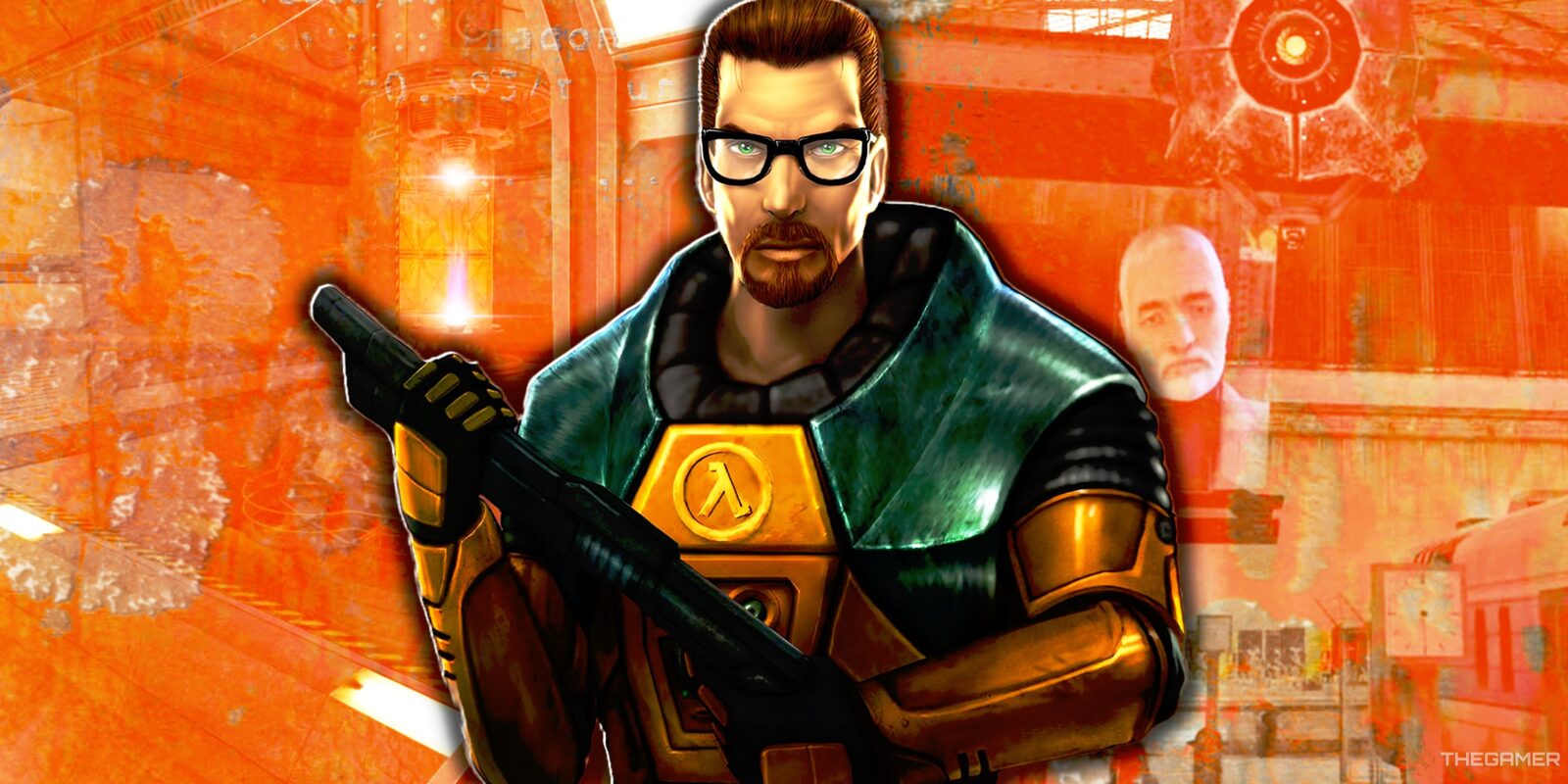

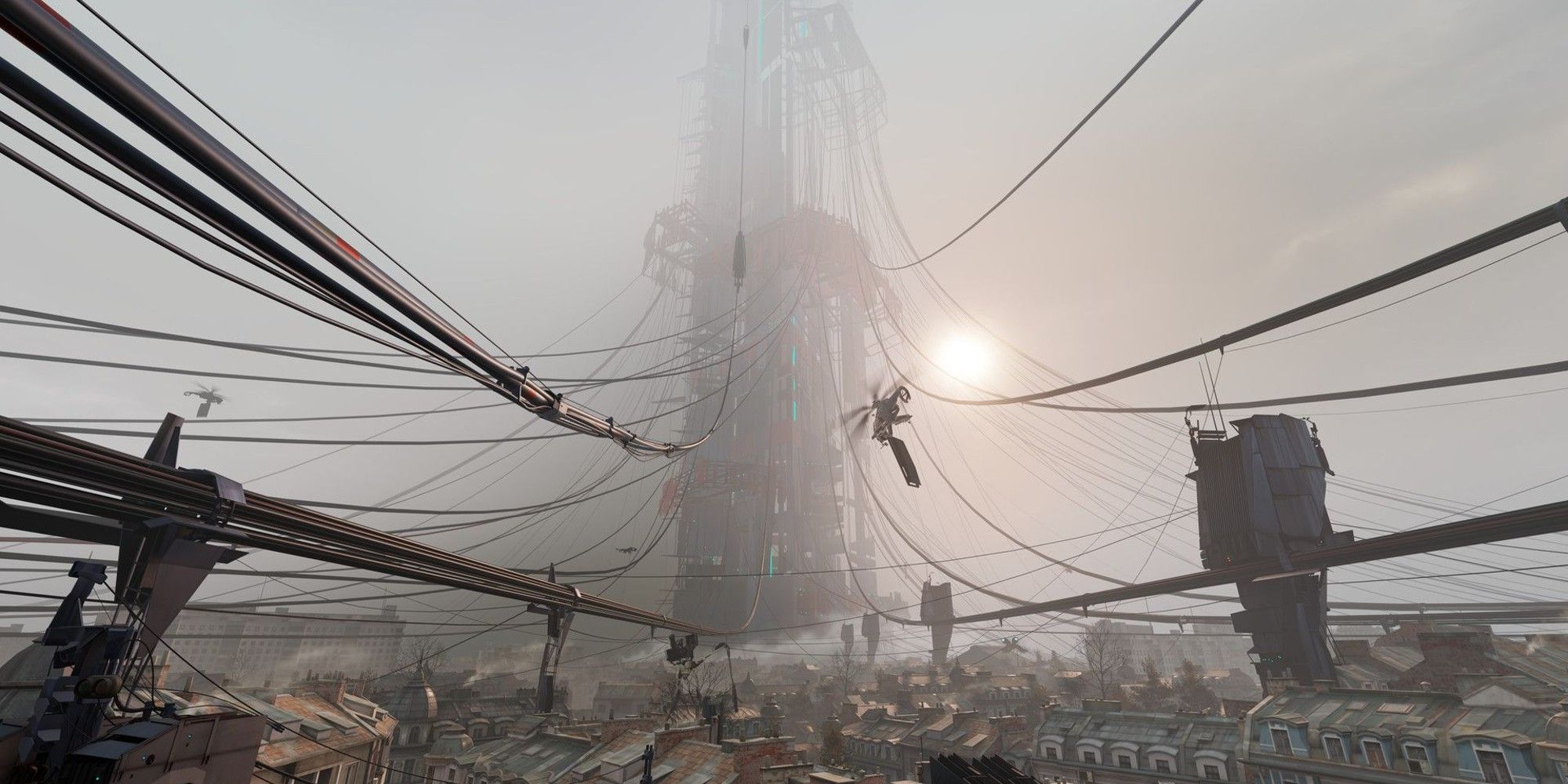
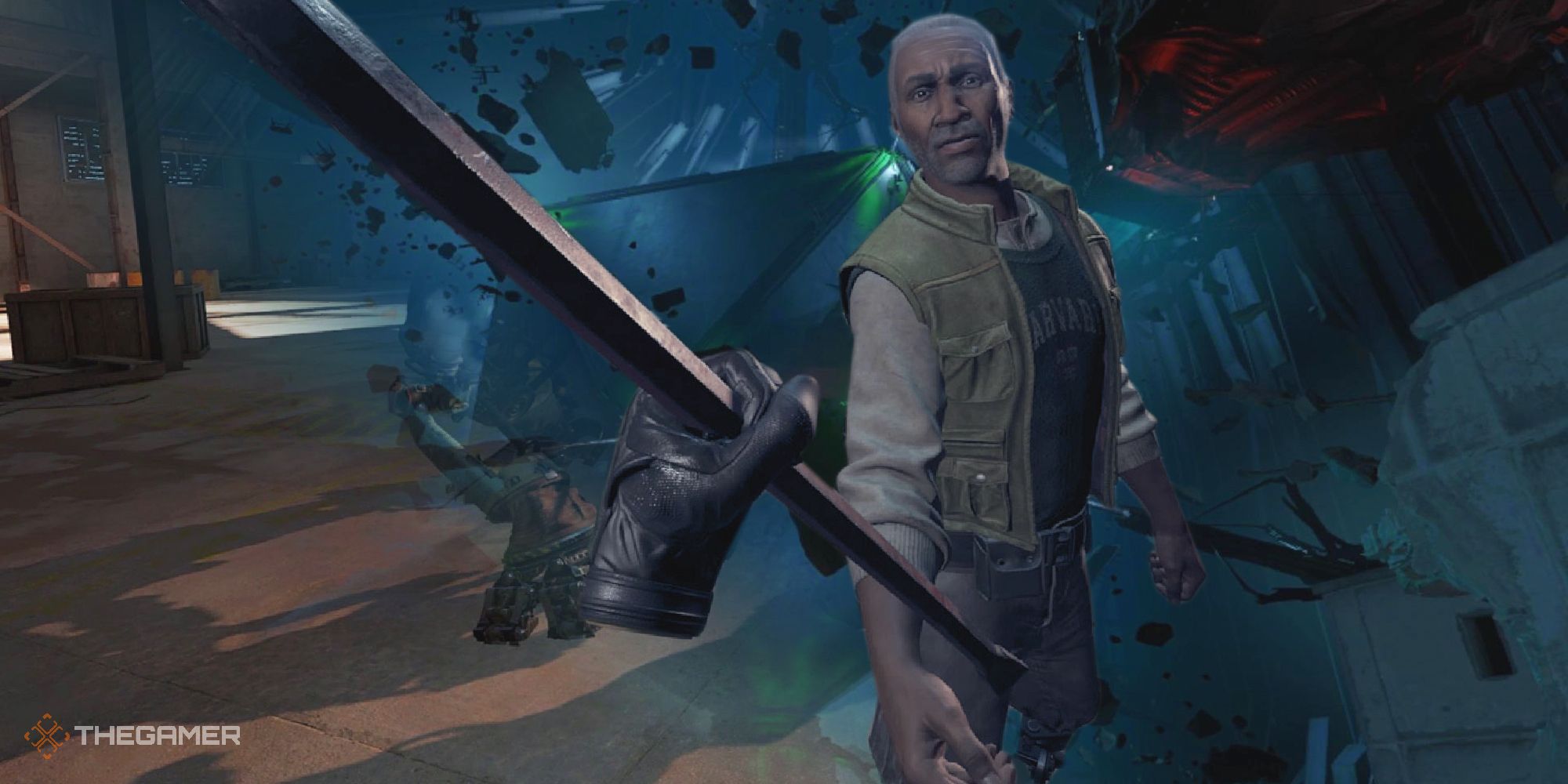
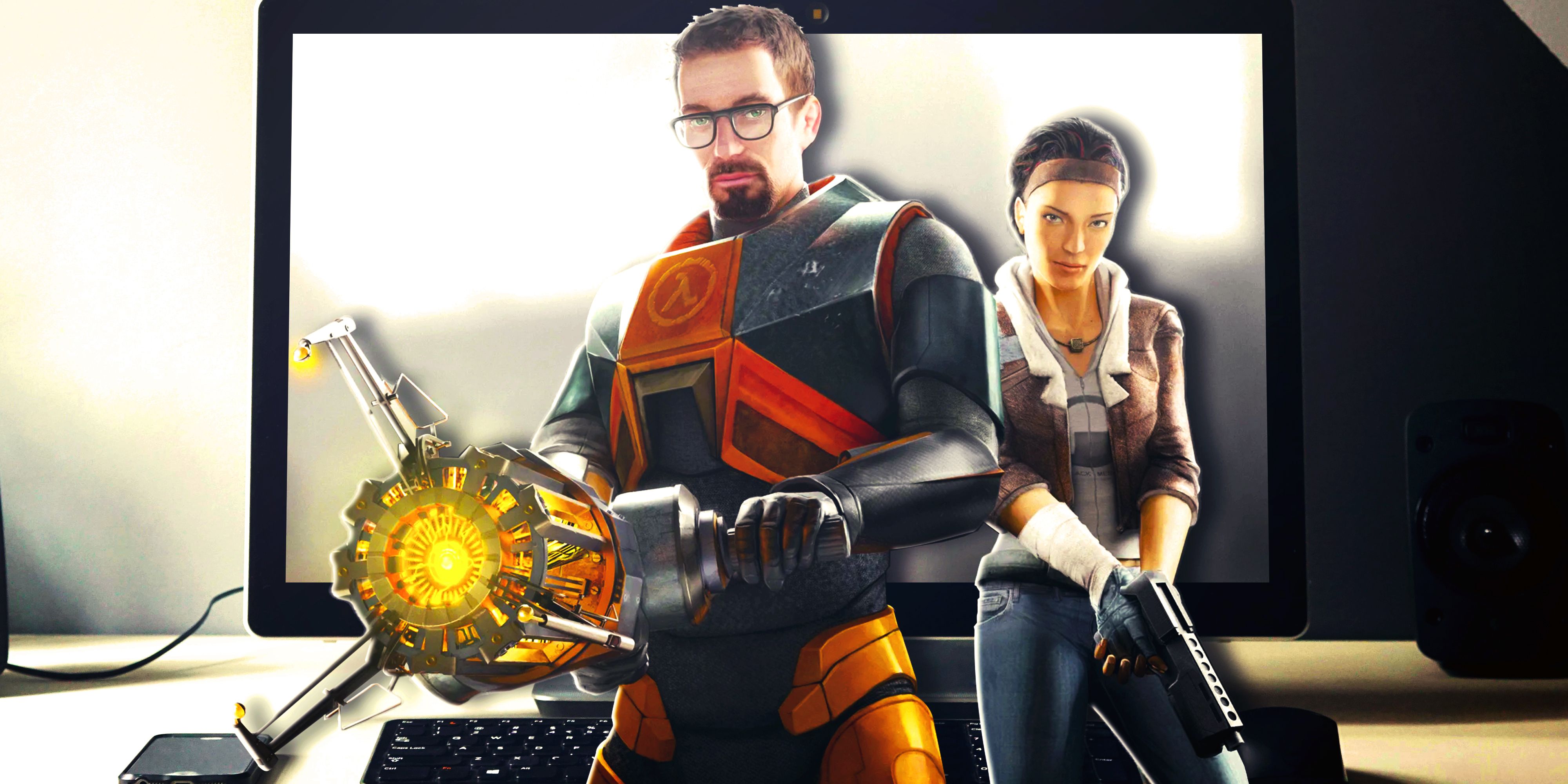

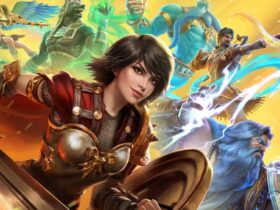




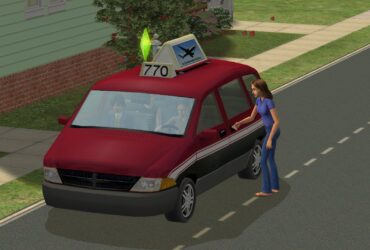


Leave a Reply